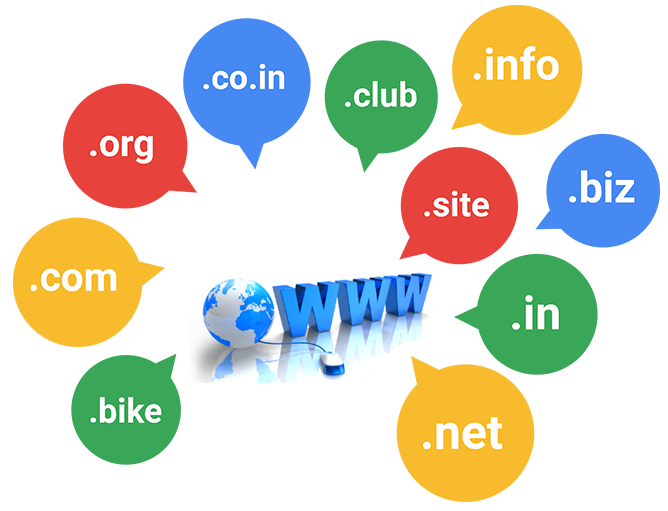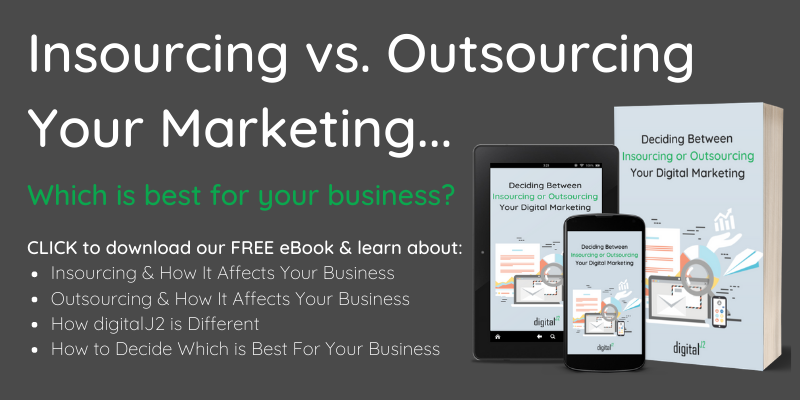
We all spend a ton of time on the web, visiting websites for business and pleasure. We appreciate a nice website that is responsive, easy to navigate, and one that gives us the desired result from our visit.
But how do we get there when building our own website?
It’s a huge leap from knowing what you like in a website to actually creating what you want. Follow these foundational tips for creating a new website and it will help make your website a delight to visit, as well as a top performer.
Where Do I Start When Creating a New Website?
Regardless of what you’re creating, you always start with a concept.
Building a website without a concept is like planning a vacation, picking the mode of transportation, but never choosing a destination: You’re going nowhere fast!

Ask yourself:
- What am I trying to accomplish with this website?
- What is my end goal?
- What service or product am I selling—and to who?
- Who’s my audience?
Whiteboard all these questions and then answer them! While you’re at the whiteboard, sketch out a basic website architecture. This will help you define the parameters of your website and make sure you have a page dedicated to everything you want to include.

Once you’ve established your concept, present it to key stakeholders involved in the website. Getting alignment from the beginning will save you a lot of time and effort afterward.
Remember, your website is not just a showcase of your services or products, it’s an extension of your brand and organizational strategy; as such, you want everyone on the same page.
How important is this step?
Well, 70-80% of consumers research a business online before visiting in person or making a purchase. So, if your key stakeholders are not in alignment, and if you don’t have a clear concept and direction, it will reveal itself as a high bounce rate.
Pro Tip: Once all key stakeholders are aligned, start working on your content. Content tends to be the reason for website launch delays.
What Are The Foundational Pieces & Parts of Creating a Website?
1. Choose a Domain Name
Pick a domain name so that people can find you. You may not find the exact domain name you want, so prepare to settle for something that at least has the main keyword.

Here are some basic tips for choosing a domain name:
- Short is better
- Include the root keyword of your business
- Don’t use dashes or duplicates
- Make it memorable, relevant, and catchy
2. Choose a Host
When comparing hosting packages, it's important to consider how you plan to use your website.

Will your website be media-rich with tons of pictures and videos? Will you need technical support or is this something you can handle in-house? Really consider the amount of traffic your website will get. Does your choice for a hosting company offer scalable solutions? What backup and security features will you want?
There are a lot of hosting solutions, so research reviews about the company's performance to help you make your final decision. Even some online website builders will bundle hosting options.
3. Pick a Website Builder
Choosing the right website builder is a matter of preference, skill level, and functionality. According to WordPress, 37% of the web is built on its platform.

WordPress is a great choice, but if your goal is strictly an eCommerce website, then Shopify might be a better choice for you. If you’re more of a novice, then maybe Wix or Squarespace will work better for you.
Make a list of what is important for you when you’re creating your website and then research your website builder options.
You have to be really honest with yourself. If you’re a great salesperson or CEO, but have no clue about tech, hire a contractor to build your website.

4. Dust Off Your Brand Style Guide
Every company should have a brand style guide. (If you don’t, then consider this a priority as well.) You must keep your company’s brand style guide at your side during this process.
Without it, you can run astray from your brand. Here’s why:
- You will need your brand colors when creating your new website. Everyone is guilty from time to time of using a color picker, but they don’t always match up exactly to your hex code.
- You may need to update your brand style guide at this point. Do you have web fonts, web colors, web layouts, H1s, H2s, etc. explained in your brand style guide? You might be using these items for the first time, so you will need your brand style guide to help determine suitable choices, and then make sure they get added later.
- The more people working on the website, the greater the chance that your brand is diluted. Make sure your designer, your copywriter, and the project manager have a copy. You need to ensure that your brand stays consistent throughout your new website.
There are lots of other things to consider during this process: clean design, SEO, usability, social media integration, browser testing, responsive design, security, and many more. If you use these fundamentals when creating a new website, you can ensure that you’ll have a good foundation.







